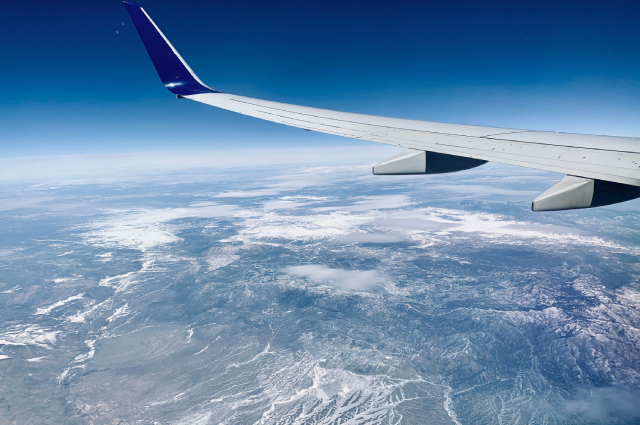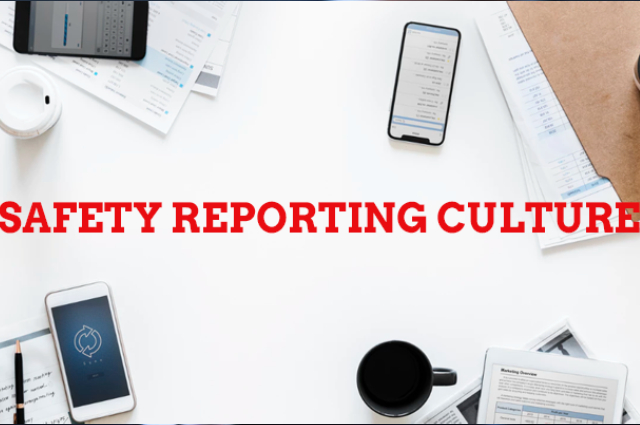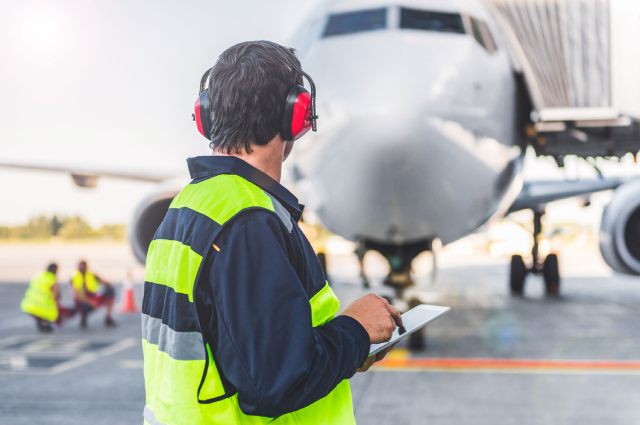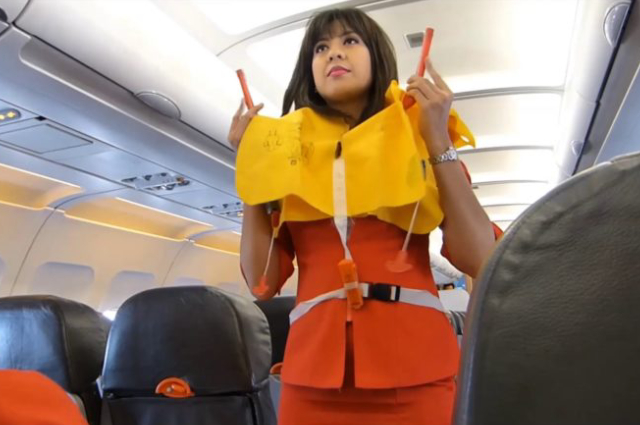Aviation Safety – A Priority
Safety comes first. Everywhere. Every time. NOTHING can be compromised. If you see it on the lighter side- Hey! You Only Live Once! Within the comfort of the four walls of your house, you are quite safe. But the same can’t be said when you are travelling. Especially by air.
Aviation safety takes precedence over everything when it comes to modes of travel. Both the frequent flyer and the fearful flyer alike will hope that all goes well. From the moment you board the plane till you touch down safely.
Air transport offers a lot of advantages when it comes to commuting. It is quick, free from traffic congestion, free of physical barriers and is most useful during natural calamities. Yet, it poses the maximum risk. Unlike the common road or rail transport, there are no second chances. Even travelling by sea is decidedly safer- icebergs aren’t found everywhere!
Statistically speaking, NTSB or the National Transportation Safety Board puts the data at only 5 accidents for every 10 million flights. Surveys are more reassuring- 1 out of 5000 car crashes are likely to be fatal whilst only 1 in 1,10,00000 planes are involved in a crash.
Aspects That Make Air Travel Risky
Firstly, air travel gives no second chances. If a plane finds itself in trouble, the experts in the respective ATC towers can only guide the pilots to safety. No one can physically intervene to handle a crisis other than those within the plane itself.
After the disappearance of Malaysian Airline’s Flight MH 370, flying definitely seems scarier.
Unfortunate incidents of hijacking are rare. But hijackings of planes are definitely a scary reality. Not many people are going to forget the various incidents that has happened over the years .The 9/11 hijacking of the United Airlines and the American Airlines planes and their subsequent crashes into the WTC towers will not be forgotten for a long time to come.
Airplanes are exposed to the roughest elements that nature can throw up. High winds, torrential rain, mega thunder storms and even a strong dust storm can bring a plane down.
Frequent flyers, pilots and flight attendants are exposed to several health hazards. Jet lag and extreme fatigue come first on the list. Being seated with hundreds of other passengers and breathing in circulated oxygen in a pressurized cabin sets the most conducive environment for contagious bugs.
And airline food is infamous for the numerous problems it contributes.




